How to Make AI Sing a Song with SendFame
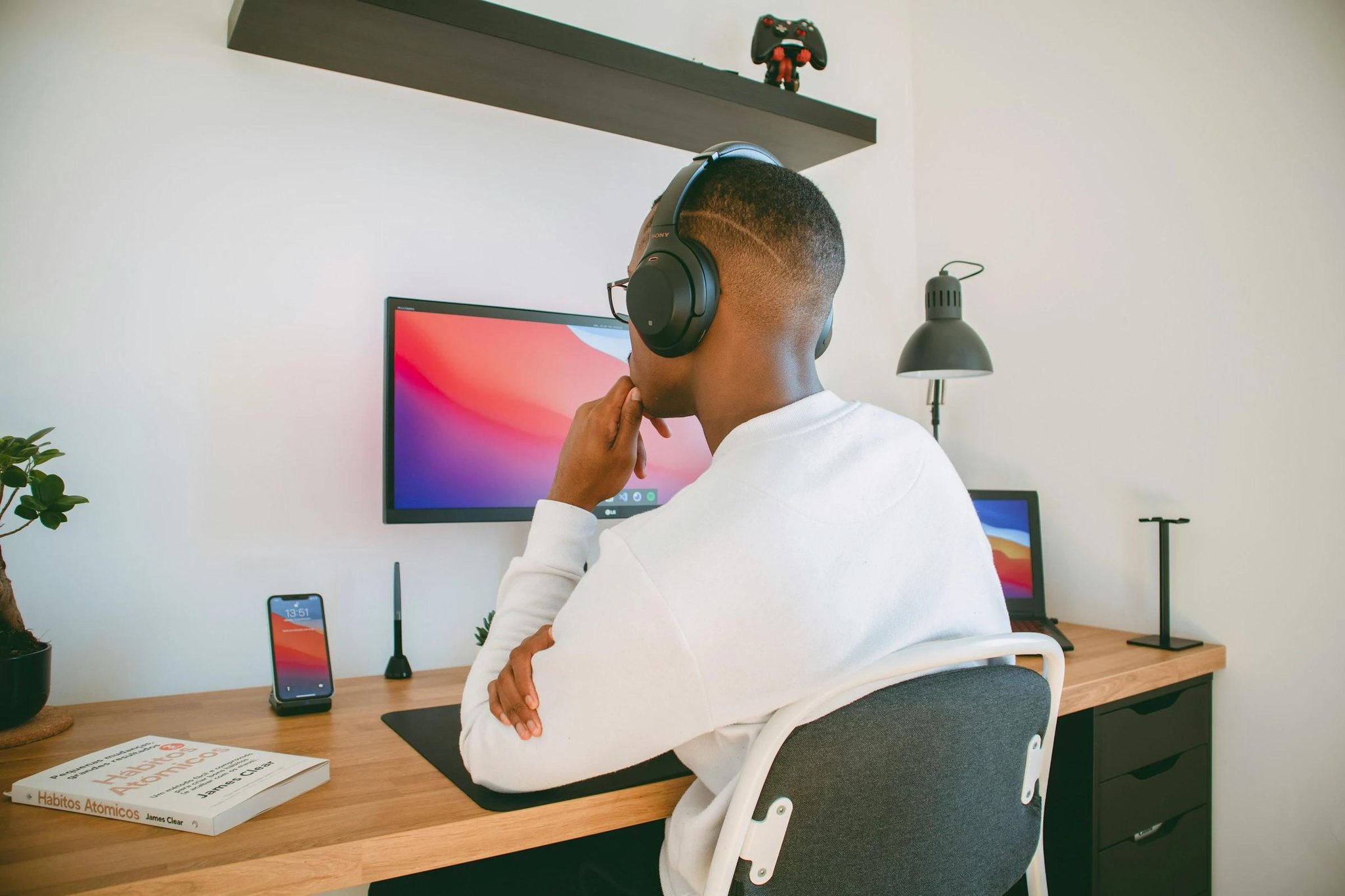


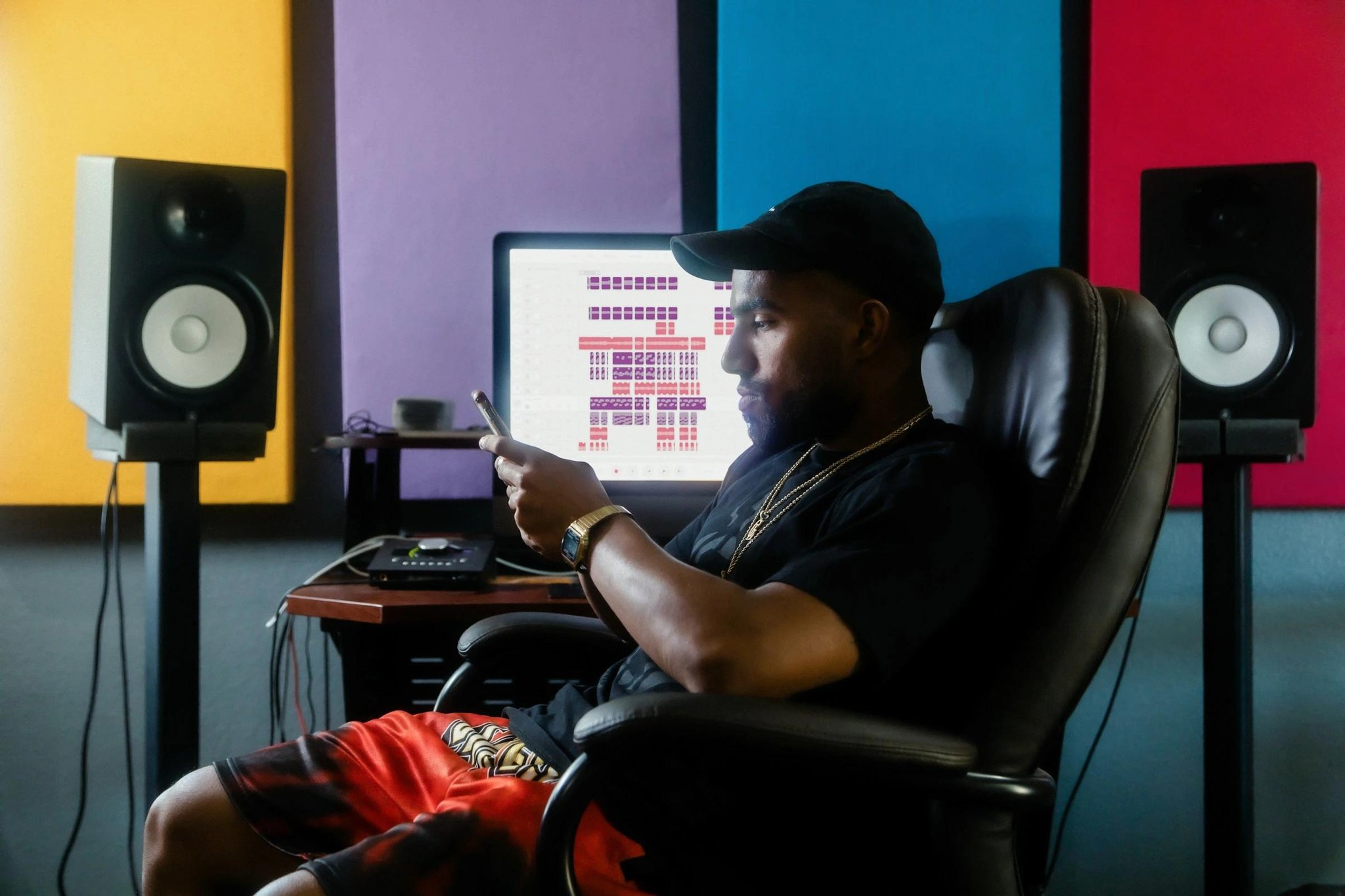
Discover the 5 key elements of an effective AI music prompt to boost creativity and get better results with your AI-generated tracks.
Consider you just found the perfect song to cover. You’re excited to record your version, but first, you want to see what AI can come up with. After all, AI music generators are all the rage right now, and who knows? Maybe they’ll create something that sparks your creativity or adds a unique twist to your rendition. You open the AI music generator and freeze.
You have no idea what to type to get the results you're looking for. If this scenario sounds like something you've encountered, you're not alone. Many aspiring AI music cover artists get stuck here, unsure how to make AI music covers and create prompts that yield good results.
Luckily, this guide will give you valuable insights on using AI music prompts to make your music cover journey easier and more fun. You'll discover how to confidently create clear, precise AI music prompts that effortlessly generate high-quality, personalized songs. SendFame's AI content maker is a valuable tool for achieving your objectives. It will ease the process of writing music prompts to cover any song you want.
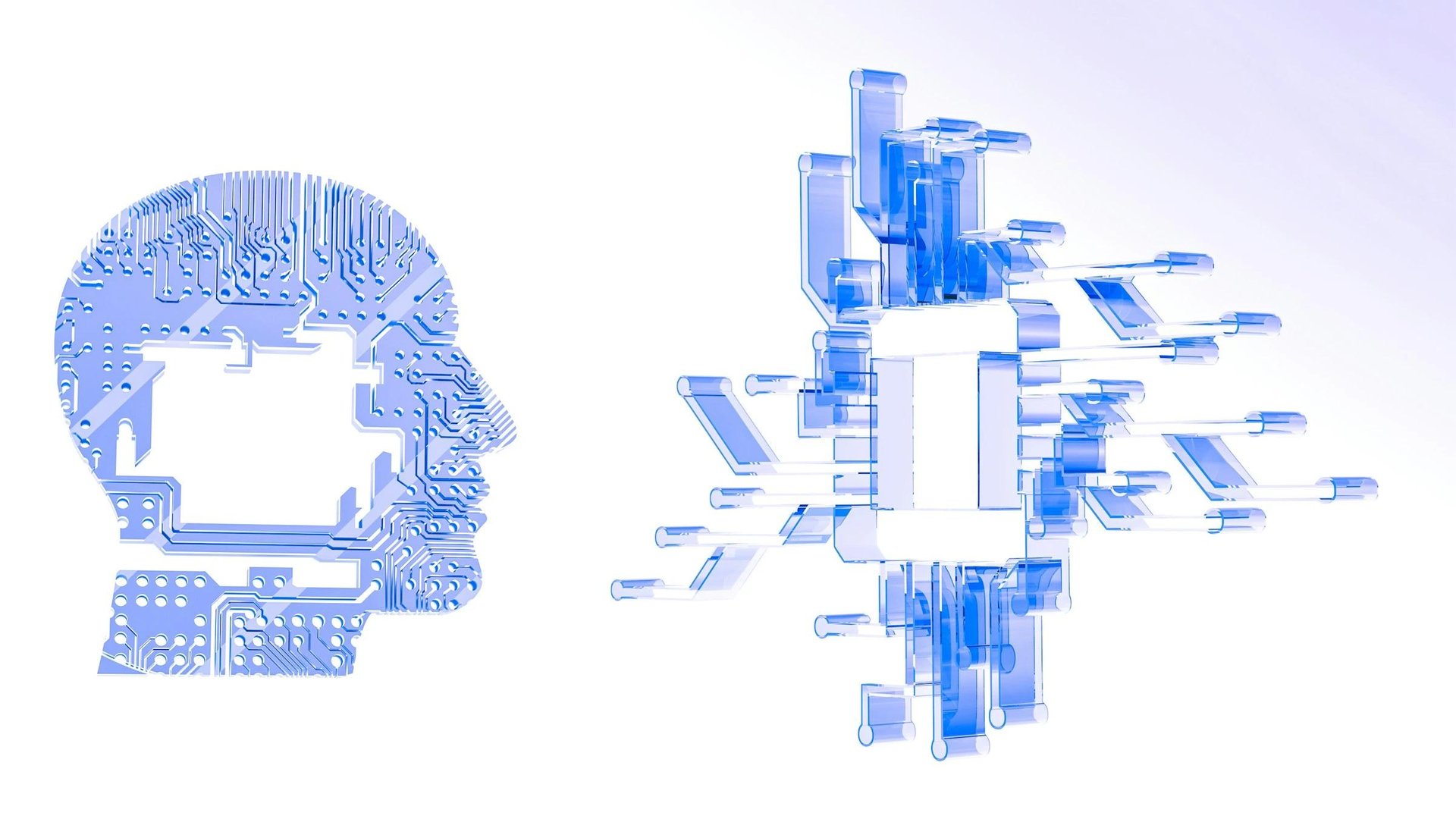
An AI Music Prompt is a specific input or instructions from an artificial intelligence system designed to generate music. Simply put, it is a textual description or directive that guides the AI to create music that aligns with the user’s creative vision, such as specifying the mood, genre, instruments, or style.
When users initiate the AI music creation process, they provide a prompt, ranging from a simple phrase to a richly detailed description outlining the mood, genre, tempo, instrumentation, or even a specific melodic contour they desire. The AI system then analyzes this input, breaking down the language to extract meaningful musical parameters.
Advanced models like Google’s MusicLM, for example, use a multilayered approach: they process the textual description to generate tokens that represent both the semantic content (such as style or motif) and the fine acoustic details of the music. These tokens then condition the music generation process, ensuring the final composition closely mirrors the user’s intent. Some systems even allow for melodic conditioning, where a user-supplied melody—hummed, sung, or played—guides the AI in shaping the musical output, offering a higher degree of creative control.
Once the prompt has been interpreted, the AI leverages its training on vast music datasets to synthesize an original composition. This involves generating a sequence of musical elements—melody, harmony, rhythm, and arrangement—that align with the extracted parameters from the prompt. The underlying technology may employ techniques like residual vector quantization to compress and process audio data efficiently, or use timing-conditioning to allow users to specify the duration of the generated track.
The result is a unique piece of music that not only fits the technical requirements set by the user but also captures the emotional and stylistic nuances described in the prompt. This workflow, from user input to AI interpretation and musical creation, transforms music production by making high-quality, personalized compositions accessible to anyone, regardless of their musical background.
The first step in AI music generation begins with the user providing a text-based prompt that outlines their musical vision. This prompt can vary widely in detail, from a few descriptive words to a comprehensive explanation of the desired sound. Users may specify emotional tones such as “uplifting” or “melancholic” to set the mood, or mention particular instruments like “acoustic guitar” or “synthesizer” to shape the sonic texture.
Additionally, genre indicators such as “lo-fi hip hop” or “cinematic orchestral” help the AI understand the stylistic framework within which the music should be created. This initial input serves as the creative blueprint, guiding the AI to achieve the kind of musical experience the user wants.
Once the prompt is submitted, the AI system begins its interpretative process by analyzing the language to identify key musical attributes embedded within the user’s description. Leveraging sophisticated machine learning models trained on extensive and diverse music libraries, the AI deciphers the nuances of the prompt, such as the emotional intent, preferred instruments, tempo, and genre conventions.
This step is crucial because it translates human language, which is inherently abstract and subjective, into concrete musical parameters that the AI can use. By understanding these stylistic cues, the AI prepares to generate music that fits the prompt's technical aspects and resonates emotionally with the user’s original intent.
Following the interpretation phase, the AI creates music, synthesizing an original composition that aligns with the extracted features from the prompt. This stage involves crafting various musical components such as melody, harmony, rhythm, and arrangement, all woven together to form a cohesive track. The AI employs advanced algorithms that combine learned patterns from countless music samples with creative variability, ensuring the output is unique yet faithful to the prompt’s specifications.
The resulting piece can range from a simple instrumental loop to a fully orchestrated song, depending on the complexity of the user’s input. This smooth workflow—from prompt to interpretation to generation—enables users to produce personalized music that meets their creative goals without formal musical expertise.
SendFame employs advanced AI technology that accurately interprets user prompts to deliver superior music generation results. Their system emphasizes understanding the nuances in prompts, such as emotional tone, instrumentation, and stylistic details, to produce music that closely aligns with the user’s creative intent. This results in more personalized, high-quality compositions that feel authentic and tailored.
By focusing on detailed and precise prompts, SendFame’s AI can generate music that matches the technical requirements and captures the emotional and atmospheric qualities the user desires. This approach leverages the power of AI as a creative partner, democratizing music production by making it accessible to users without formal musical training.
Release your creativity with SendFame! Create stunning AI celebrity videos, music tracks, and images in seconds that will wow your audience. Generate hyper-realistic videos of your favorite celebrities delivering personalized messages, craft original songs with professional-quality vocals, and transform static images into dynamic videos—all with just a few clicks. No technical skills required—just your imagination! Join 130,000+ users already creating viral-worthy content. Try SendFame today and turn your creative ideas into reality instantly.

Using AI music prompts offers several compelling benefits for musicians and creators, making the creative process more efficient and versatile.
AI music prompts dramatically shorten the time it takes for artists to develop fresh musical ideas. Instead of laboring over the initial stages of composition, such as crafting melodies, chord progressions, or rhythmic patterns, musicians can rely on AI to generate foundational elements quickly.
This efficiency allows creators to bypass repetitive or technical tasks and dive straight into refining their sound, adding personal touches, and developing the emotional depth of their pieces. By automating the groundwork, AI acts as a creative assistant, freeing up valuable time for artists to invest in honing their unique artistic voice.
AI’s ability to rapidly produce diverse musical snippets sparks new waves of creativity by presenting ideas that might not have occurred naturally to the artist. This infusion of fresh inspiration can lead to innovative combinations and unexpected directions, pushing musicians beyond their typical creative boundaries.
Rather than replacing human creativity, AI is a catalyst that stimulates imagination and encourages experimentation, making the creative process faster and more dynamic.
Creative blocks are a common challenge for musicians, often leading to frustration and stalled projects. AI-generated prompts offer a powerful remedy by injecting novel ideas and fresh perspectives that can reignite the creative spark. When artists find themselves stuck, these AI suggestions provide alternative musical pathways.
This can be through new chord sequences, rhythms, or melodic twists that help break the cycle of stagnation. This external source of inspiration can be the key to unlocking fresh energy and momentum in songwriting.
AI’s ability to generate various musical options encourages artists to explore sounds and structures they might overlook. By presenting unexpected combinations, AI helps musicians move beyond habitual patterns and mental blocks, fostering a more open and experimental mindset.
This consistent availability of creative input ensures that artists maintain productivity and continue evolving their craft, even during periods when traditional inspiration is scarce.
One of AI music tools' most exciting advantages is their ability to facilitate effortless experimentation across a broad spectrum of genres, moods, and stylistic nuances. By tweaking prompts or adjusting parameters, musicians can instantly hear how a melody or beat transforms when applied to different musical contexts.
This flexibility allows artists to venture beyond their comfort zones, blending elements from diverse genres or exploring new emotional tones without needing extensive technical knowledge or experience in those styles.
This genre-fluid experimentation broadens an artist’s creative palette and encourages innovation and originality. For example, a producer curious about how a pop hook might sound with jazz harmonies or electronic textures can quickly test these ideas using AI prompts.
Such smooth exploration fosters musical diversity and helps creators discover fresh sounds that resonate with broader audiences, ultimately enriching the music landscape with novel and hybrid compositions.
Integrating AI into music creation is no longer a niche trend but a mainstream phenomenon that a significant portion of the music community embraces. Recent data indicates that around 60% of musicians now incorporate AI tools into various workflow stages, from composing and arranging to mastering and sound design.
This widespread adoption underscores artists' growing confidence in AI as a reliable and practical partner in the creative process, enhancing both productivity and artistic quality.
This surge in AI usage reflects broader shifts in the music industry, where technology increasingly plays a pivotal role in shaping how music is made and consumed. As AI tools become more sophisticated and accessible, musicians of all skill levels benefit from their capabilities, leveling the playing field and enabling greater creative freedom.
The trend also signals a future where human creativity and artificial intelligence work hand-in-hand, pushing the boundaries of what is possible in music production.
Platforms like SendFame streamline the creative process by offering AI music prompts that are more flexible and intuitive than traditional songwriting methods. These prompts provide targeted inspiration tailored to the user’s input, enabling faster iteration and greater creative control. Unlike conventional approaches that may require extensive musical training or trial-and-error, SendFame’s AI-driven prompts facilitate a smoother, more dynamic workflow that adapts to individual artistic needs.
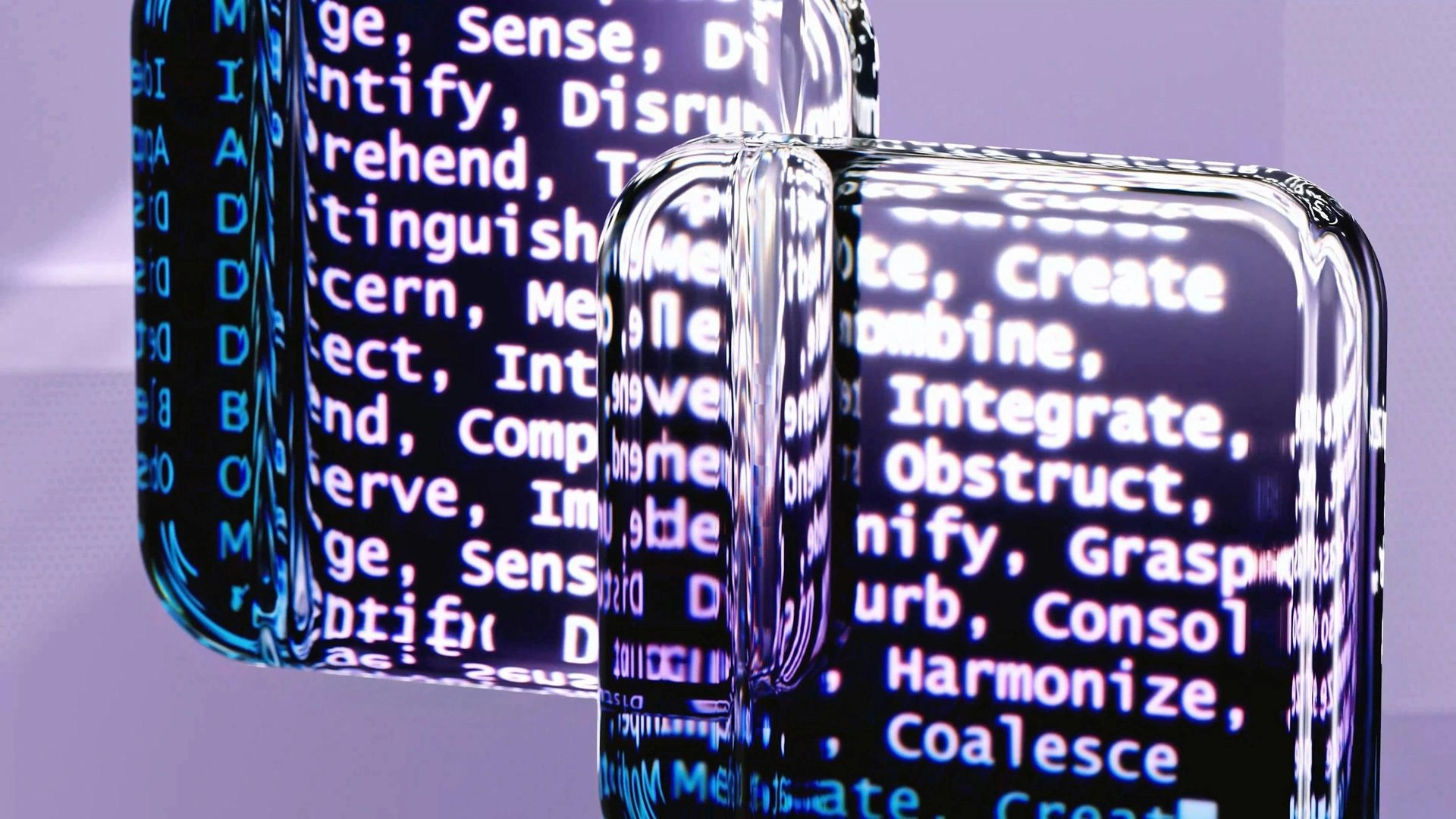
Establishing the musical genre and style is the cornerstone of an effective AI music prompt because it directs the AI’s creative framework from the outset. This element gives the AI essential clues about a particular genre's sonic palette, rhythmic patterns, and harmonic language characteristics.
For instance, specifying a genre like jazz signals the AI to incorporate improvisational elements, swing rhythms, and rich chord voicings, while choosing electronic dance music cues the AI to focus on synthesized textures, driving beats, and repetitive grooves. Beyond sound, genre and style also carry cultural and historical connotations that influence the mood and instrumentation, helping the AI generate authentic and contextually appropriate music.
Style nuances within a genre can refine the AI’s output, allowing for more personalized and distinctive compositions. For example, a modern twist on jazz might encourage the AI to blend traditional acoustic instruments with electronic effects or unconventional rhythms, creating a fresh hybrid sound.
Similarly, describing a cinematic score as epic and orchestral guides the AI to emphasize grandiose arrangements and dynamic builds, evoking a sense of drama and scale. Being explicit about the genre while leaving room for creative interpretation enables the AI to innovate while still aligning with your artistic vision, resulting in music that is both familiar and uniquely inspired.
Clearly defining the instrumentation in your AI music prompt plays a critical role in shaping the composition's overall sonic character and texture. Instruments are the building blocks of a track, each contributing unique timbres, tonal colors, and emotional nuances. By specifying which instruments should be included, you help the AI understand the desired sound palette and how different elements should interact.
For example, requesting rich acoustic guitars paired with soft violins directs the AI to blend warm, organic string sounds with gentle, melodic layers, creating a lush and intimate atmosphere. Conversely, emphasizing heavy use of analog synthesizers and punchy drum machines signals a more energetic, rhythm-driven, energetic, modern sound.
Beyond simply listing instruments, it’s essential to communicate their roles within the arrangement. Specify if they should stand out as lead voices or serve as subtle background textures. This distinction guides the AI in balancing the mix and layering sounds effectively.
For instance, ambient pads with sparse piano melodies and soft chimes suggest a spacious, ethereal soundscape. The piano gently weaves through the airy pads, supported by delicate chimes that add sparkle without overpowering the mix. Providing such detail ensures the AI can craft a nuanced and well-structured piece, enhancing clarity and emotional impact.
Articulating the mood and emotional tone you want your AI-generated music to convey is essential for creating a piece that resonates deeply with listeners. Music is a powerful emotional language, and by clearly describing the atmosphere or feeling you wish to evoke, you enable the AI to tailor its choices in harmony, dynamics, and timbre accordingly. Using vivid and precise adjectives helps the AI understand subtle emotional nuances.
Use these adjectives to specify if you want the music to feel introspective and wistful or vibrant and celebratory. For example, a prompt describing a melancholy yet hopeful tone with a calming rhythm guides the AI to blend somber melodies with a gentle, reassuring beat, striking a balance between sadness and optimism.
Furthermore, mood and emotion influence how the AI approaches musical elements like chord progressions, instrumentation, and tempo, all of which contribute to the listener’s emotional experience. Describing a dark and moody atmosphere with a touch of mystery might lead the AI to incorporate minor keys, brooding textures, and unexpected harmonic shifts, creating a sense of intrigue and tension.
On the other hand, a joyful, uplifting, and energetic vibe calls for bright, major harmonies, lively rhythms, and spirited instrumentation that energize and inspire. By thoughtfully selecting emotional keywords and evocative descriptions, you provide the AI with a clear emotional roadmap, ensuring the resulting music communicates the intended feeling with authenticity and impact.
Tempo and rhythm are fundamental elements that dictate the flow and energy of a musical piece, directly shaping how listeners physically and emotionally respond to the track. Tempo refers to the speed or pace of the music, usually measured in beats per minute (BPM). At the same time, rhythm encompasses the pattern and timing of the composition's beats, accents, and syncopations.
Together, they establish the groove and momentum, influencing whether a song feels relaxed, contemplative, fast-paced, and exhilarating. When crafting an AI music prompt, clearly defining these aspects helps the AI understand how to structure the timing and pulse of the track to match your desired vibe.
Rhythmic patterns can add complexity and character, from straightforward steady beats to intricate syncopations that create tension and release. For example, describing a slow, reflective walk tempo with gentle fingerpicking suggests a calm, measured pace with delicate, nuanced rhythmic details, perfect for introspective or soothing music. In contrast, a high-energy house track with a punchy kick drum and rhythmic basslines signals a fast tempo with driving beats designed to energize and move a crowd.
Similarly, a mid-tempo groove with syncopated drum patterns and steady bass offers a balanced, engaging, laid-back feel. Providing specific BPM values or relating tempo to familiar activities like danceable, relaxing, or energetic gives the AI clear guidance on how to set the track’s rhythmic foundation effectively.
Incorporating distinct elements such as audio effects, song structure, and progression details boosts the AI-generated music from a simple composition to a rich, engaging experience. These special characteristics give the AI additional layers of creative direction, allowing it to craft more dynamic, textured, and memorable tracks.
For instance, specifying effects like vinyl crackles or ambient background noises can evoke nostalgia or a particular atmosphere, giving the music a unique sonic identity that stands out. These subtle touches often enhance listeners' emotional connection, making the music more immersive and authentic.
Beyond effects, outlining the structural flow of the piece, such as how it should build, transition, or resolve, helps the AI create a coherent and compelling narrative within the music. For example, a prompt that requests starting with a minimalistic piano intro that gradually evolves into a whole orchestral arrangement guides the AI to design a track with intentional pacing and dramatic development.
Similarly, layered percussion combined with soft pads can foster an energetic and vibrant party vibe, adding complexity and movement to the rhythm section. By clearly describing these special features, you allow the AI to produce sonically interesting, emotionally engaging, and well-crafted compositions.

AI music prompts help songwriters and composers generate fresh melodic ideas, chord sequences, and comprehensive arrangements tailored to the user’s input. Instead of replacing human creativity, AI is a collaborative partner, helping creators break through creative barriers and explore new musical directions.
In practical terms, independent musicians often leverage genre-specific prompts to generate unique riffs, basslines, or harmonic progressions, which serve as the raw material for their compositions.
SendFame enhances this creative process by supplying users with customizable prompt templates that allow precise control over key musical elements such as mood, tempo, and instrumentation. This flexibility ensures that the AI-generated content aligns closely with the creator’s artistic goals, making it easier to generate original and compelling song ideas.
Whether a user is seeking a melancholic ballad or an energetic pop anthem, SendFame’s tailored prompts provide a structured yet adaptable framework that supports the entire songwriting journey, from initial concept to refined composition.
For podcasters, crafting memorable and distinctive intros and outros is essential to building a recognizable brand and keeping listeners engaged. However, sourcing original, royalty-free music that fits the podcast’s unique tone can be challenging, especially for creators with limited budgets. AI music generators have stepped in to fill this gap by enabling podcasters to quickly produce custom theme tunes or sonic logos that perfectly match their show’s personality and target audience.
This technology eliminates the need for costly licensing fees or hiring professional composers, making high-quality, personalized audio branding accessible to a broader range of creators. The ability to generate fresh, catchy audio snippets on demand allows podcasters to refresh their sound identity regularly without significant time or financial investment.
SendFame addresses this need by offering prompt options for short-form music creation, which is ideal for podcast intros and outros. Users can specify parameters such as genre, duration, and emotional tone, resulting in tailor-made audio clips that enhance the podcast’s overall production value.
Streamlining the music creation process, SendFame allows podcasters to focus more on content creation while ensuring their shows have a professional and engaging auditory signature that resonates with listeners.
Creators who produce content for social media platforms such as YouTube, TikTok, and Instagram often require background music that subtly supports their visuals without detracting from the main message. AI-generated music offers an efficient solution by delivering tailor-made tracks that perfectly synchronize with any video's mood and tempo. Whether it’s an energetic promotional clip, a heartfelt vlog, or a reflective documentary, AI tools can compose music that enhances the emotional impact and pacing of the footage.
This dynamic adaptability allows content producers to maintain viewer engagement while elevating the overall production quality without the need for extensive musical knowledge or costly licensing.
SendFame addresses this demand by providing prompt options that let users define critical parameters such as the video’s genre, the desired intensity or energy, and preferred instruments. This level of customization ensures that the AI-generated background music fits naturally with the visual narrative, creating a cohesive and immersive experience for the audience.
By simplifying the process of obtaining high-quality, contextually relevant music, SendFame allows marketers, influencers, and video creators to produce polished content rapidly and within budget constraints.
AI music prompts open up exciting possibilities for artists eager to experiment by innovatively blending diverse musical styles. For example, a musician might combine the improvisational elements of jazz with the synthetic textures of electronic music or merge the grandeur of classical orchestration with the rhythmic intensity of hip-hop beats.
This capability encourages creative exploration beyond traditional genre boundaries, allowing artists to invent fresh sounds and unique sonic identities. Significantly, AI facilitates this experimentation even for those who may not have deep expertise in each genre, democratizing the process of musical innovation.
SendFame’s platform supports this creative fusion by offering specialized prompt templates that guide users through mixing genres. These templates help artists articulate their vision and generate hybrid compositions that push artistic limits. By providing a structured yet flexible framework for genre blending, SendFame enables creators to discover novel combinations and expand their musical horizons, fostering originality and artistic growth.
AI technology extends beyond creating instrumental tracks by offering powerful tools for lyric generation. These tools enable songwriters to craft meaningful and expressive words that complement their music. Users can prompt AI systems to produce lyrics ranging from individual verses and catchy choruses to fully developed songs by inputting specific themes, moods, or narrative ideas.
This capability is especially valuable for artists struggling with writer’s block or exploring different lyrical styles and storytelling techniques without starting from scratch. The AI-generated lyrics serve as a creative springboard, providing fresh perspectives and inspiration that songwriters can adapt, refine, or build upon to suit their unique voice and artistic vision.
SendFame enhances this creative process by offering lyric generation prompts allowing users to specify elements such as emotional tone, central themes, and relevant keywords. This tailored approach ensures that the resulting lyrical content aligns closely with the mood and message of the accompanying music, creating a cohesive and impactful song.
By integrating lyric generation with its broader suite of AI music tools, SendFame allows creators to blend words and melodies smoothly, streamlining the songwriting process and unlocking new levels of artistic expression.
The global market for AI in music is experiencing explosive growth, with its valuation expected to surge from approximately USD 3.9 billion in 2023 to nearly USD 38.7 billion by 2033. This remarkable expansion corresponds to a compound annual growth rate (CAGR) of around 25.8%, reflecting the increasing adoption of AI-powered music technologies across multiple sectors.
The surge is fueled by the rising demand for scalable, cost-efficient music production solutions that can meet the needs of diverse industries, including entertainment, advertising, gaming, and digital media. Cloud-based AI platforms dominate this space, accounting for over 70% of market deployment, as they offer accessibility and flexibility that allow creators worldwide to equip AI without heavy upfront investments.
Despite the rapid technological advancements, AI music tools are largely embraced as collaborators rather than substitutes for human creativity. Musicians and producers often turn to AI to overcome creative hurdles, generate initial musical ideas, or experiment with new sounds, which they then personalize and develop further.
This collaborative dynamic enhances productivity and expands creative possibilities, enabling artists to explore uncharted musical territories without sacrificing their unique artistic identity. Moreover, AI’s ability to analyze vast datasets and recognize patterns in music allows it to assist in crafting compositions that resonate with contemporary tastes, thereby complementing the human touch rather than replacing it.
However, the proliferation of AI-generated music has also ignited complex legal and ethical discussions concerning copyright and intellectual property rights. As AI systems are frequently trained on extensive libraries of existing music, questions arise about the ownership of AI-created works and the extent to which original artists should be credited or compensated.
These debates have led to legal actions by major record labels against AI music platforms accused of unauthorized use of copyrighted material. The evolving regulatory landscape underscores the need for clear frameworks that balance innovation with protecting artists’ rights, ensuring that AI’s integration into music creation respects creativity and legal boundaries.
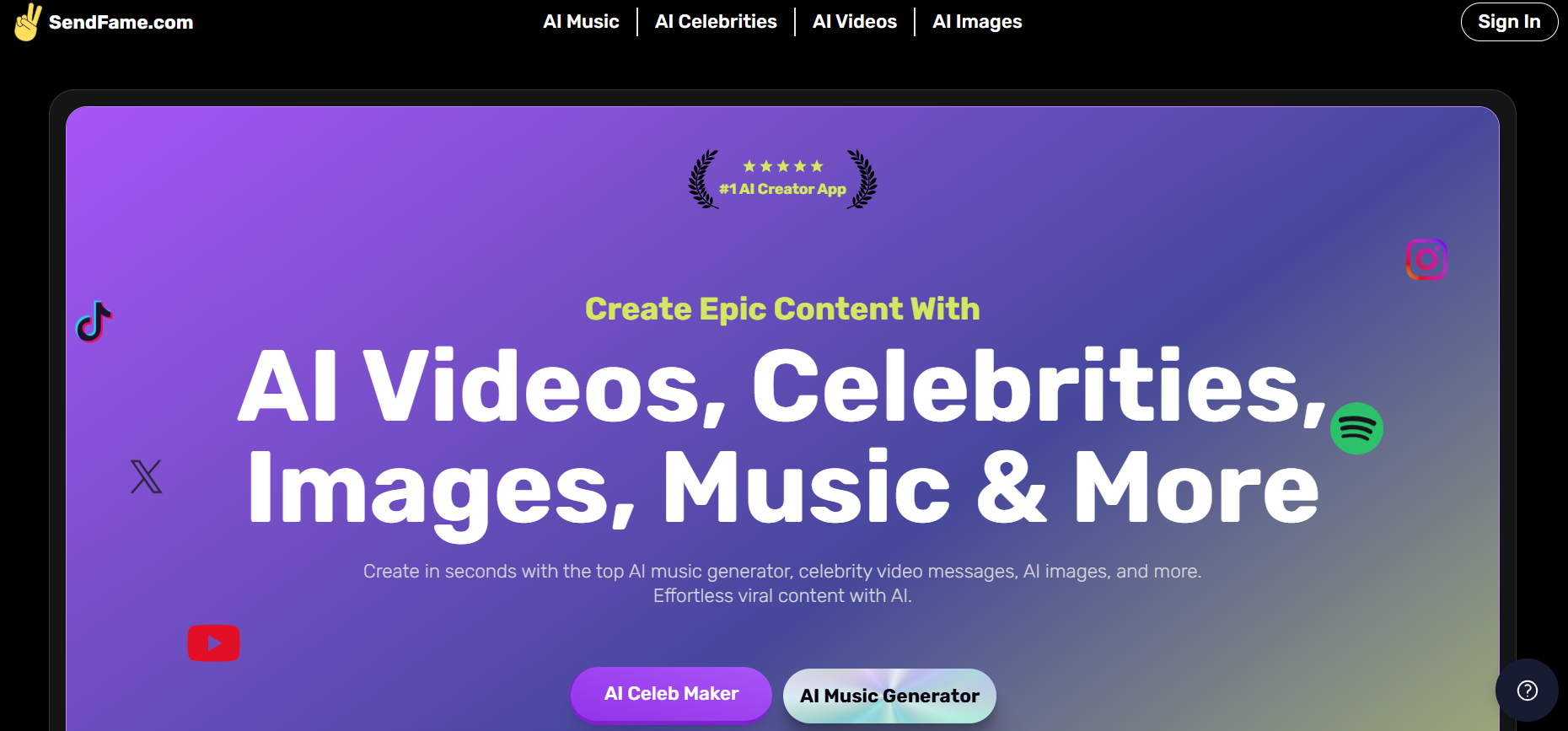
SendFame is a leading AI music prompt generation platform combines cutting-edge technology with user-centric design. This makes it an all-in-one solution for creators seeking to produce original, high-quality music and multimedia content quickly and easily.
SendFame offers a highly intuitive user interface that allows users to generate complete songs from a single text prompt. This simplicity removes barriers for professionals and amateurs, enabling anyone to create music without technical or musical expertise. Users simply input a theme, mood, or description, and the AI handles the rest, producing lyrics, vocals, instrumentals, and even music videos in under a minute.
At the core of SendFame’s platform are advanced AI models capable of generating entire songs, including human-like vocals and authentic instrumentals. Unlike many competitors, who are limited to either lyrics or beats, SendFame produces full compositions with vocals that sound remarkably natural across over 50 languages and diverse genres such as rap, country, rock, and hip-hop. This versatility is powered by sophisticated text-to-music and voice synthesis technologies that ensure the outputs are engaging and musically coherent.
SendFame excels in customization, allowing users to tailor their music creations by specifying genres, moods, instruments, and themes. Whether it’s a heartfelt country ballad, an energetic rap, or a catchy pop tune, the platform adapts to the user’s creative vision. Additionally, SendFame supports the creation of AI-generated rap songs, country music, and other styles, providing specialized generators for different musical needs.
The platform produces high-quality, copyright-safe content, which is crucial for creators who want to avoid legal complications. SendFame generates original compositions, lyrics, and accompanying album covers and videos, ensuring that every element is unique and safe for personal and non-commercial use. This comprehensive approach to content creation enables marketers, social media managers, and content creators to produce viral, eye-catching posts that stand out without infringing on copyrights.
SendFame uniquely merges AI-generated music with celebrity video impersonations, allowing users to create personalized messages featuring celebrity likenesses and voices, enhancing engagement and novelty.
The platform is designed for speed, enabling users to generate complete songs and videos in minutes. This is ideal for time-sensitive campaigns and social media content.
With support for over 50 languages, SendFame caters to a global audience, making it accessible and relevant worldwide.
Beyond music, SendFame generates album covers, audiograms, and music videos, providing a full suite of creative assets from a single prompt.
SendFame helps you create professional-quality music tracks with artificial intelligence. You can start from scratch with an original prompt or upload an existing song to get started. You can then customize the vocals by selecting an artist to emulate, adjusting the key and tempo, and even including any lyrics. If you want to make a music cover featuring a celebrity, SendFame makes it easy, fast, and fun.
Create Epic
SendFame